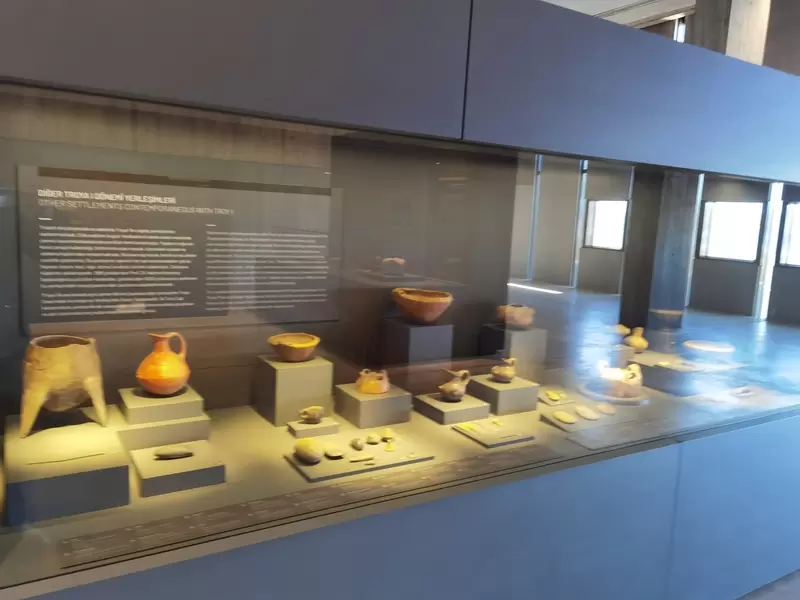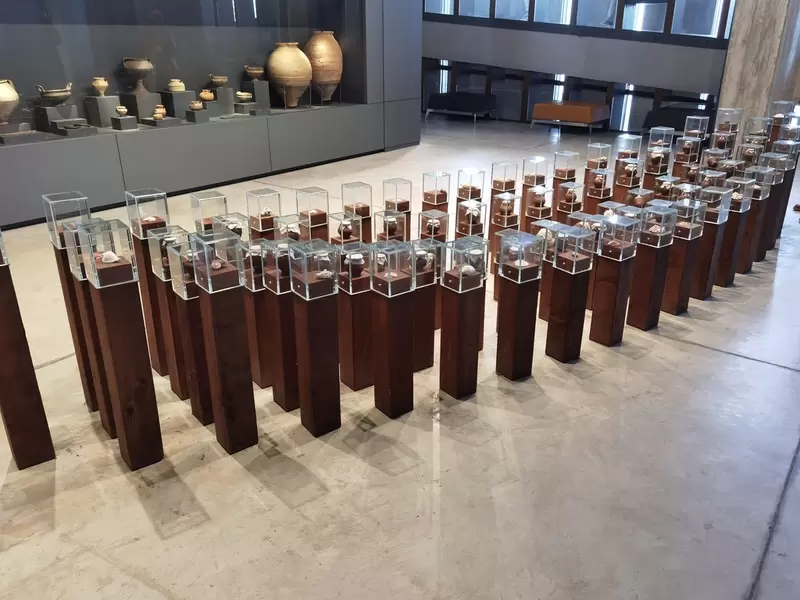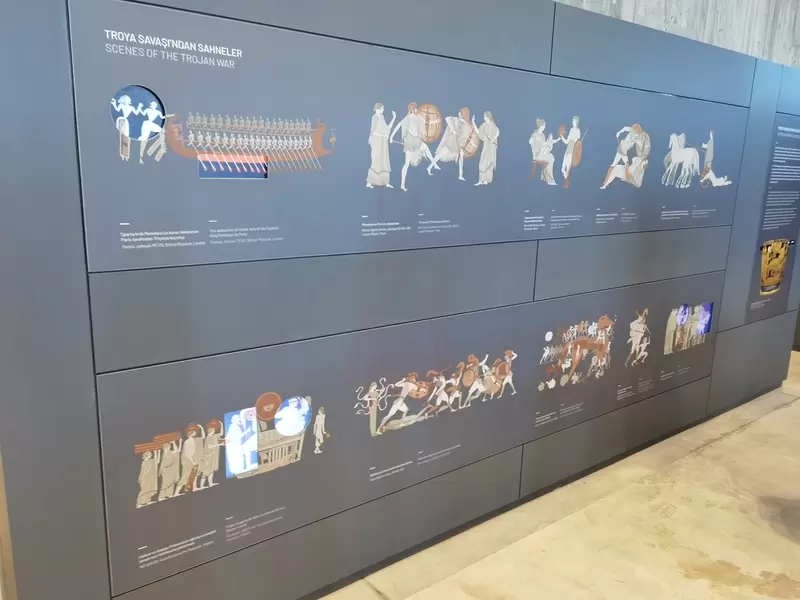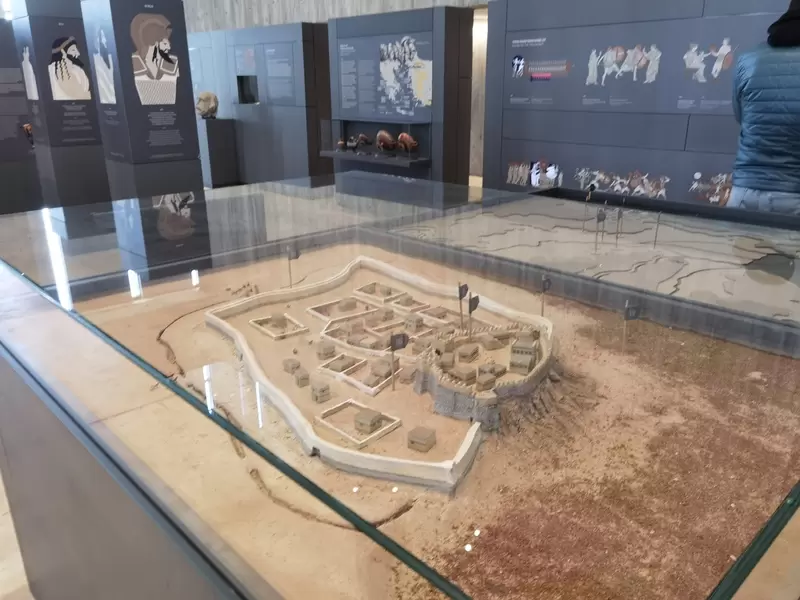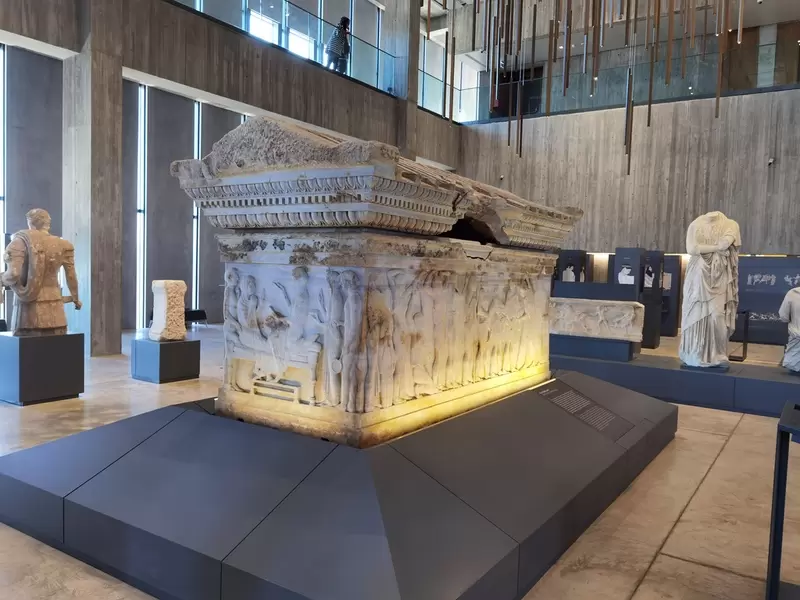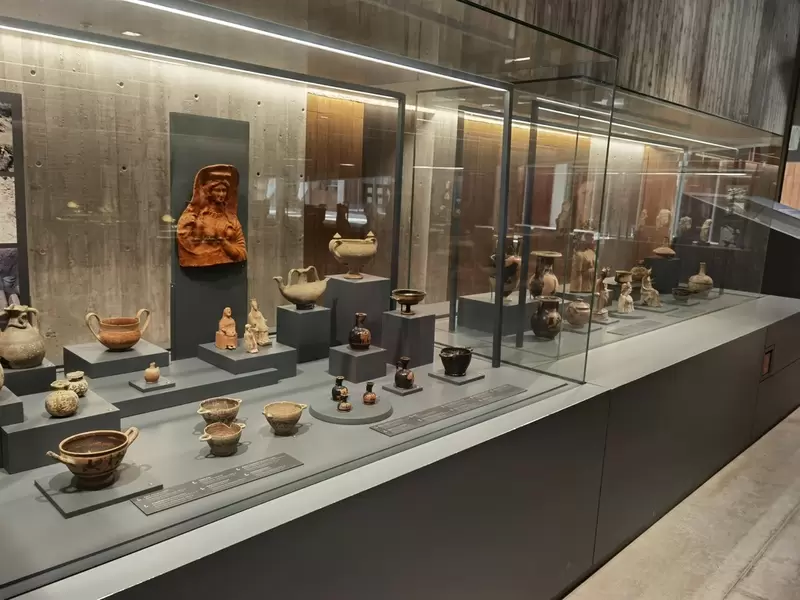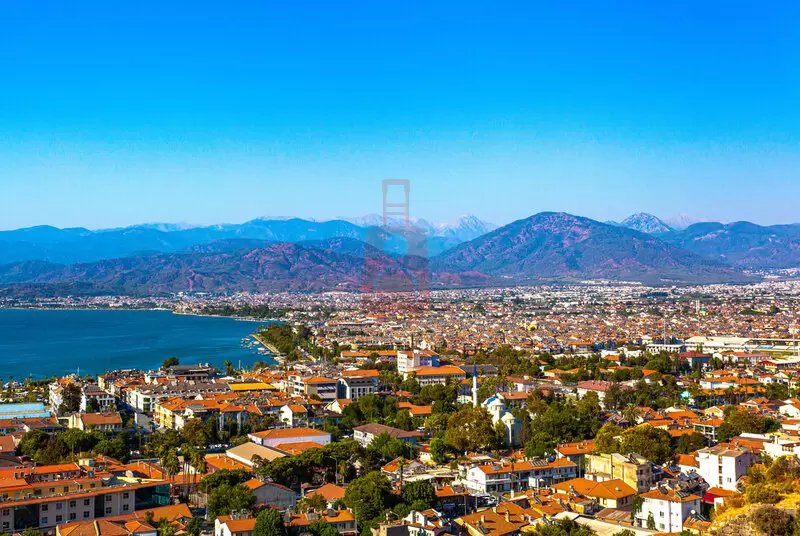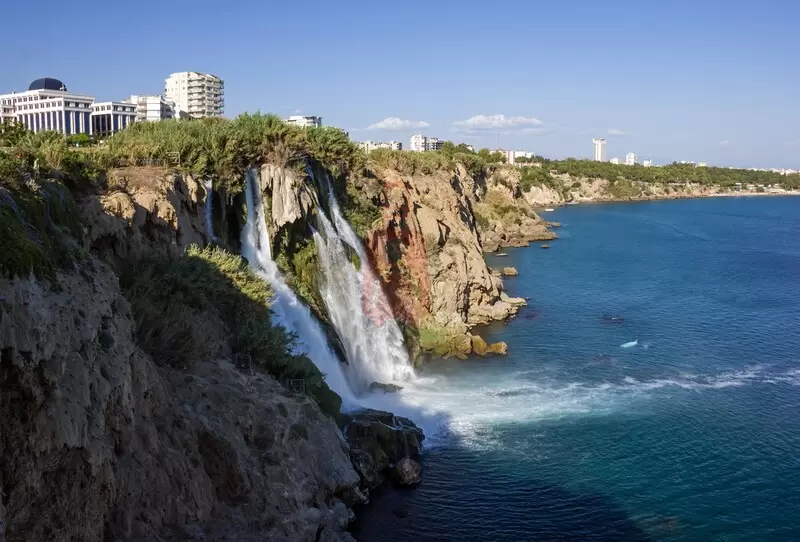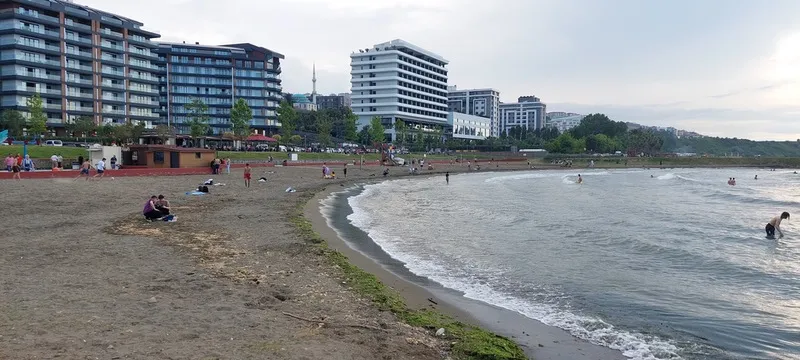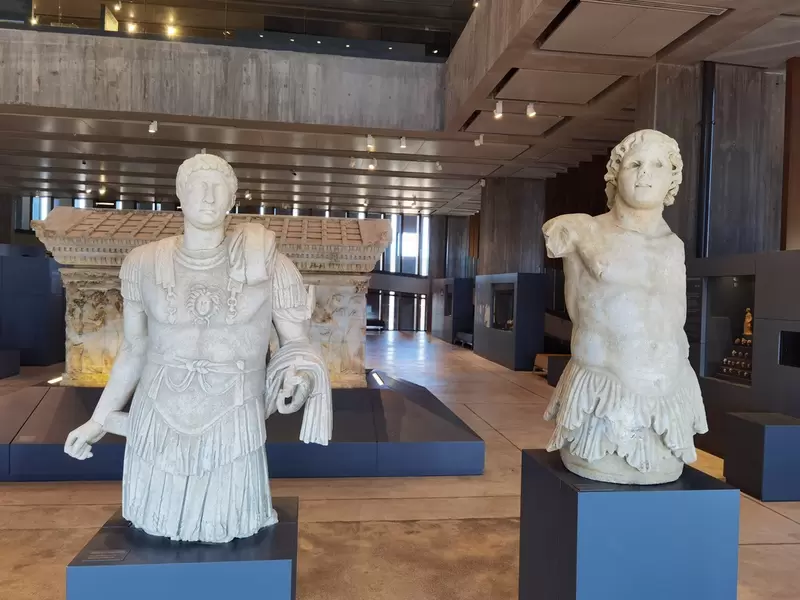
The Troy Museum (Turkish: Troya Müzesi) is a museum in Çanakkale, Turkey, dedicated to the ancient city of Troy. The museum is located in the village of Tevfikiye, about 5 kilometers from the site of Troy. The museum was founded in 1993, and has a collection of over 10,000 objects from the ancient city. The collection includes sculptures, mosaics, pottery, coins, and inscriptions. The museum is divided into three sections: the pre-Trojan section, the Trojan section, and the post-Trojan section. The pre-Trojan section contains objects from the Neolithic, Bronze Age, and Classical periods. The Trojan section contains objects from the Trojan War period. The post-Trojan section contains objects from the Byzantine and Ottoman periods. The museum also has a library, a research center, and a gift shop.
The Troy Museum, also known as the Troy Museum and Archaeological Site, is a museum located near the ancient city of Troy (also known as Troia or Truva) in northwestern Turkey. It is dedicated to showcasing the archaeological findings and artifacts related to the ancient city of Troy. Here is some information about the Troy Museum:
1. Overview: The Troy Museum serves as a cultural and educational institution designed to preserve, study, and exhibit the archaeological heritage of the ancient city of Troy. The museum aims to provide visitors with a comprehensive understanding of the historical significance and cultural legacy of Troy.
2. Location: The Troy Museum is situated near the archaeological site of Troy, which is located in the Çanakkale Province of Turkey. It is in close proximity to the famous Dardanelles Strait.
3. Collections and Exhibits: The museum houses a diverse collection of archaeological artifacts that have been excavated from the ancient city of Troy. These artifacts span various periods of Troy's history, including the Bronze Age, Hellenistic, and Roman periods. The exhibits showcase a wide range of objects, such as pottery, jewelry, weapons, tools, sculptures, and architectural fragments.
4. Troy Archaeological Site: In addition to the museum, visitors to the Troy site can explore the ancient ruins and archaeological remains of the city. The site is famous for its historical significance as the setting of the Trojan War, as described in Homer's epic poem, the Iliad. Visitors can see the remains of city walls, houses, temples, and other structures that provide insights into the ancient city's architecture and daily life.
5. Visiting Information:
- Location: The Troy Museum is located near the ancient city of Troy in the Çanakkale Province of Turkey.
- Opening Hours: The museum's opening hours may vary depending on the season, so it is advisable to check the official website or contact the museum directly for the most up-to-date information.
- Admission Fees: There may be an admission fee to enter the museum and archaeological site. The fees can vary for different categories of visitors, such as adults, students, and children. It is recommended to check the official website or contact the museum for information on admission fees.
Please note that specific visiting hours, admission fees, and exhibits within the Troy Museum may be subject to change. It is recommended to verify the information beforehand by checking the official website or contacting the museum directly.
